- Home
- testo 435-4
testo 435-4 - Multifunction IAQ meter
0563 4354testo 435-4 - Multifunction IAQ meter
0563 4354Why not enjoy the benefits that it has to offer: >> To the product
The multifunction IAQ meter allows you to carry out a variety of different measurements which enable you to inspect and adjust ventilation and air conditioning systems and carry out indoor air quality testing. In addition to the many other functions and features which its smaller brother, the 435-2, has, the testo 435-4 also has an integrated pressure difference sensor for measurements with pitot static tube and filter monitoring.
Find out which benefits the multifunction meter testo 435-4 provides
The testo 432-4 is extremely versatile and can measure a host of variables including air temperature, air flow, volumetric flow rate, humidity and lux. And because you know best what your multifunction meter needs to be able to do, you can configure it accordingly by connecting any one of the many optionally available sensors and probes.
In addition to the sensors which can be connected directly to the meter, you can also connect up to 3 wireless sensors via an optionally available wireless module. The meter can pick up the measurements via the wireless sensors over a distance of up to 20 meters. This allows you to carry out quick and easy measurements at places which would otherwise be extremely difficult or virtually impossible to reach.
There’s also a special optionally available carry case that can hold not only your meter but also all the probes and sensors that make up your individual set.
Multiple features, yet easy to use
The testo 435-4 multifunction IAQ meter is designed to work quickly and efficiently without a need for laboriously programmed.
Sensor dependent menus and selectable user profiles for typical applications like “duct measurements” and “indoor air quality testing” ensure that the meter is always ready to use. The testo 435-4 has a super-size memory that can save up to 10,000 measurements, which can be transferred to your laptop or PC via the included USB cable. The included software allows you to log, archive and clearly structure all relevant measuring data and measuring programmes, for example duct measurements. Specially adapted measurement protocols can be used to present your customers with data from duct, long-term and degree of turbulence measurements. The optionally available testo fast printer can be used to provide your customers with on-the-spot protocol print outs.
The testo 453-4 has a large, easy-to-read backlit display that shows the dew point difference along with other values including min, max and mean values. A durable protective cover protects the testo 435-4 multifunctionindoor air quality meter reliably against impact.
General technical data
| Weight | 428 g |
|---|---|
| Dimensions | 220 x 74 x 46 mm |
| Operating temperature | -20 to +50 °C |
| Product-/housing material | ABS / TPE / Metal |
| Protection class | IP54 |
| EU-/EG-guidelines | 2004/108/EG |
| Battery type | 3 AA mignon 1.5 V |
| Battery life | 200 h (typical vane measurement) |
| Display ligthing | Yes |
| Memory | 10,000 measuring values |
| Storage temperature | -30 to +70 °C |
Temperature - NTC
| Measuring range | -50 to +150 °C |
|---|---|
| Accuracy | ±0.4 °C (-50 to -25.1 °C) ±0.4 °C (+75 to +99.9 °C) ±0.5 % of mv (Remaining Range) ±0.2 °C (-25 to +74.9 °C) |
| Resolution | 0.1 °C |
Air probes
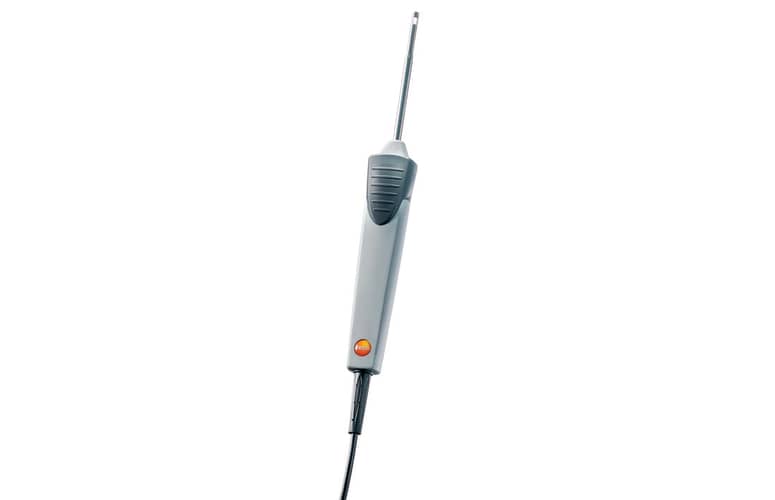
0602 1793
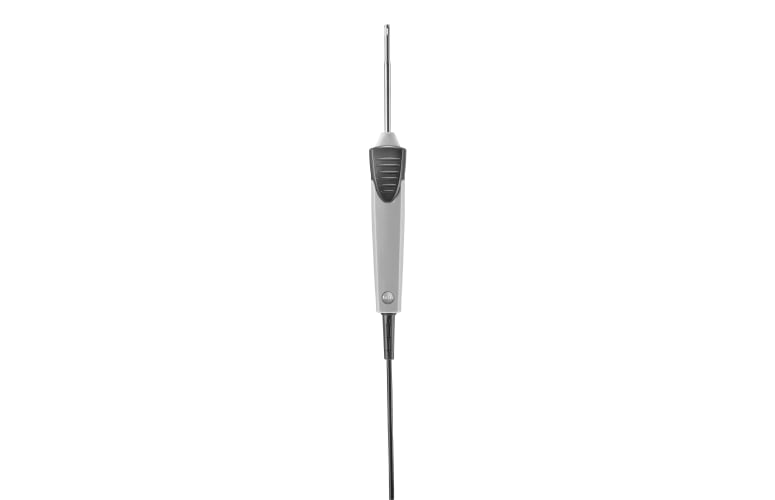
0613 1712
CO probes
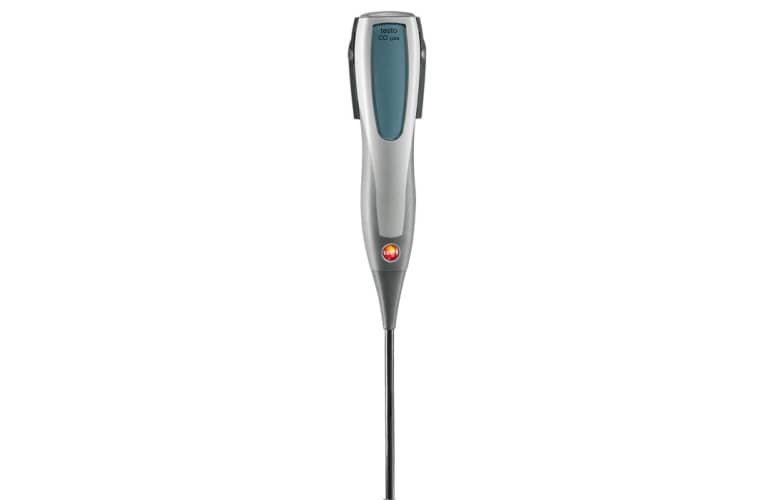
0632 1235
Comfort probes
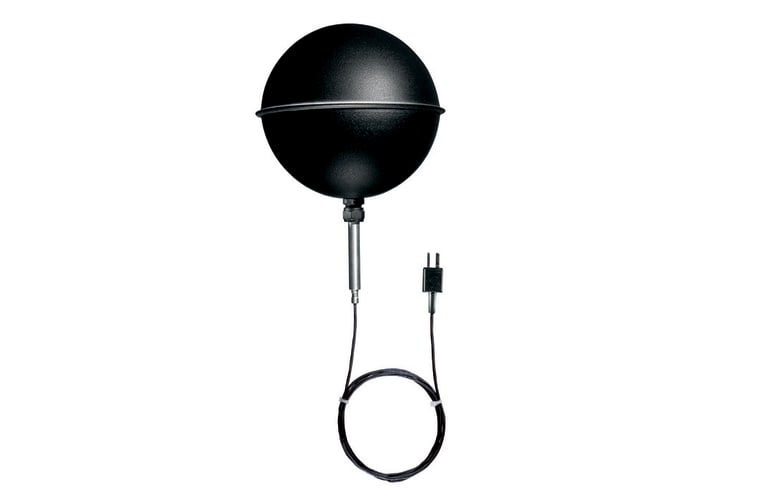
0602 0743
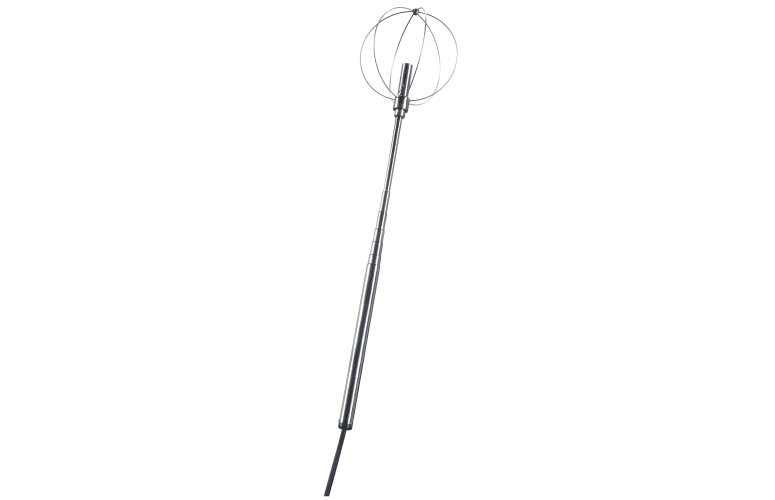
0628 0109
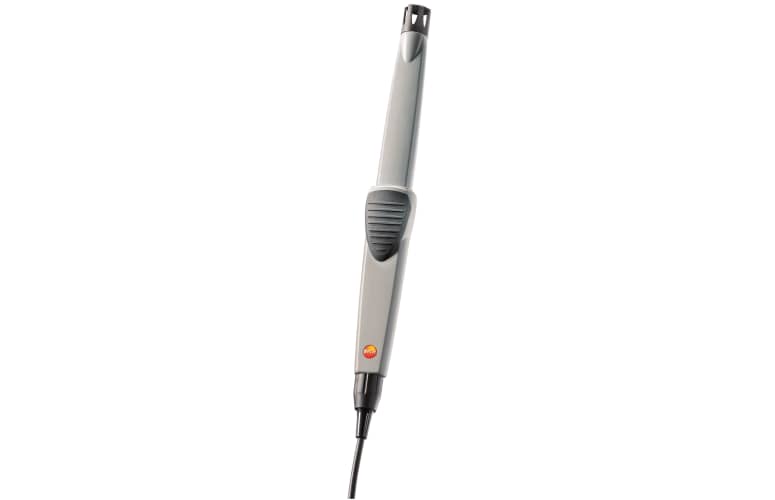
0632 1535
Humidity probes
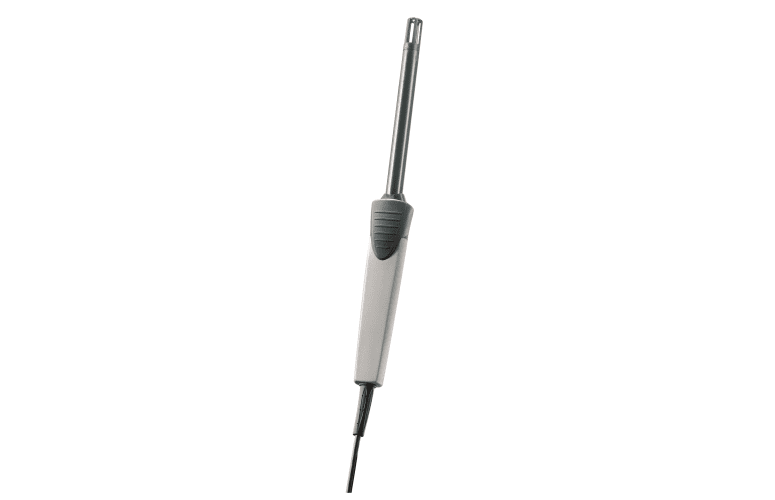
0636 9735
Prandtl's Pitot tubes
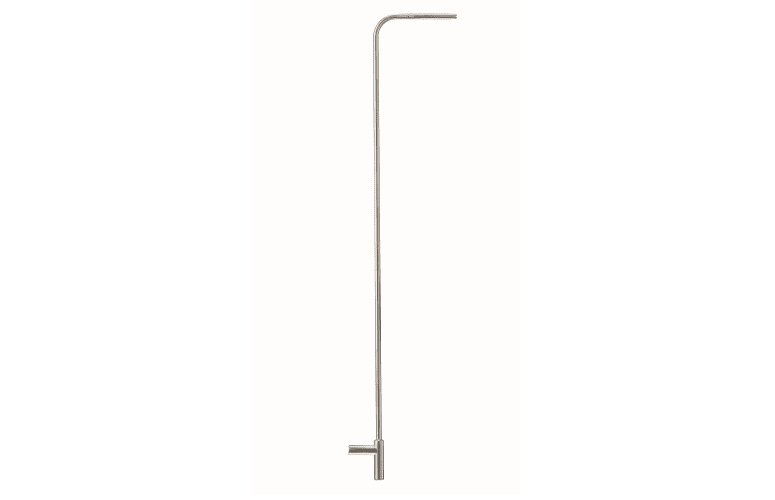
0635 2045
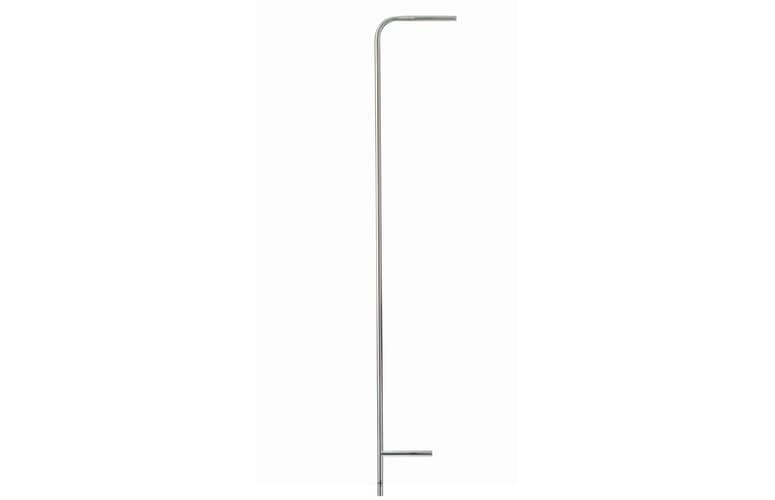
0635 2145

0635 2345
Radio handles and probe head
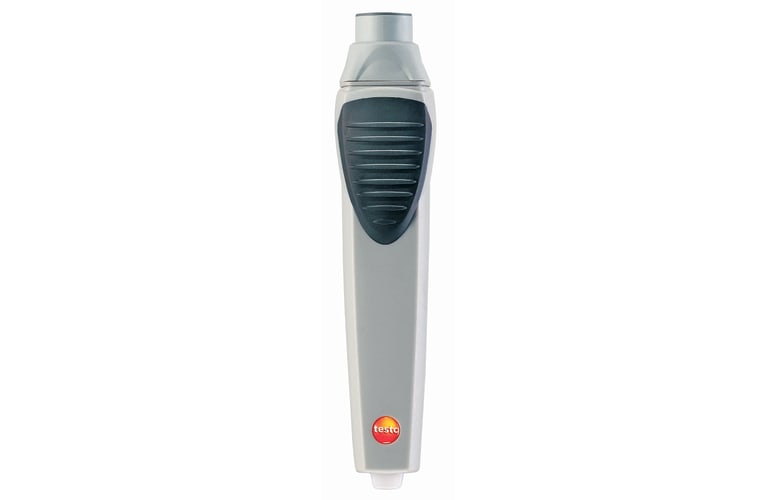
0554 0189
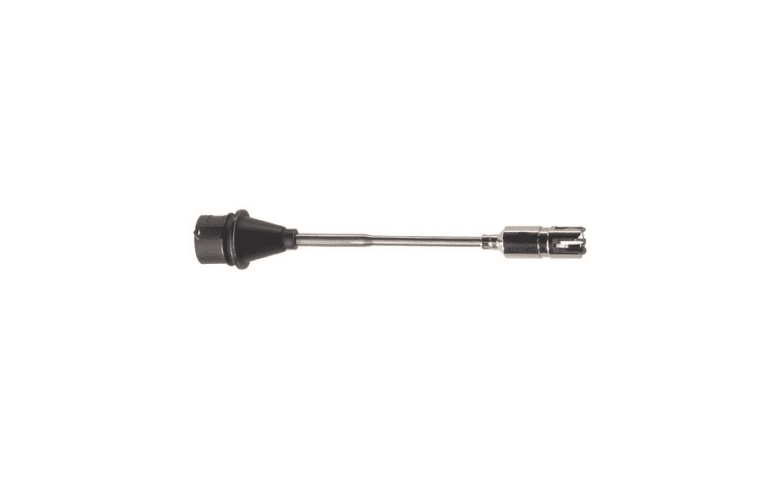
0602 0394
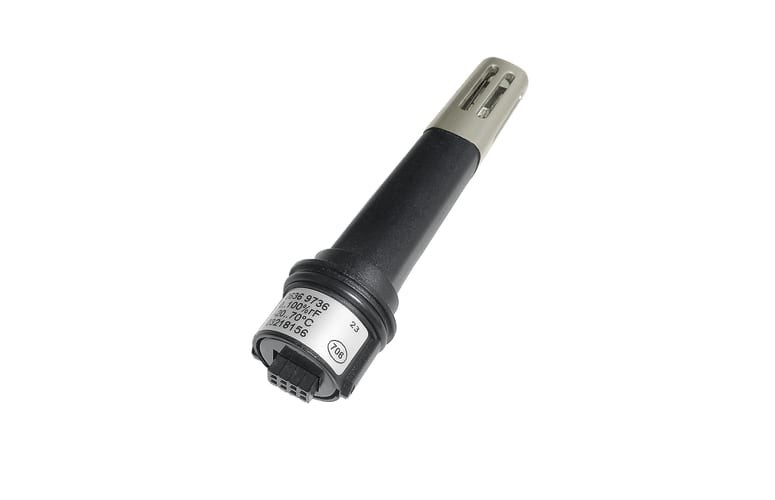
0636 9736
Surface probes
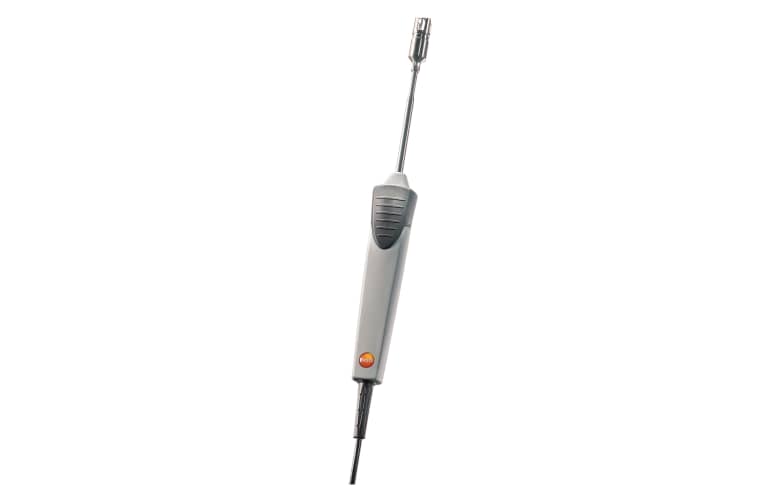
0602 0393
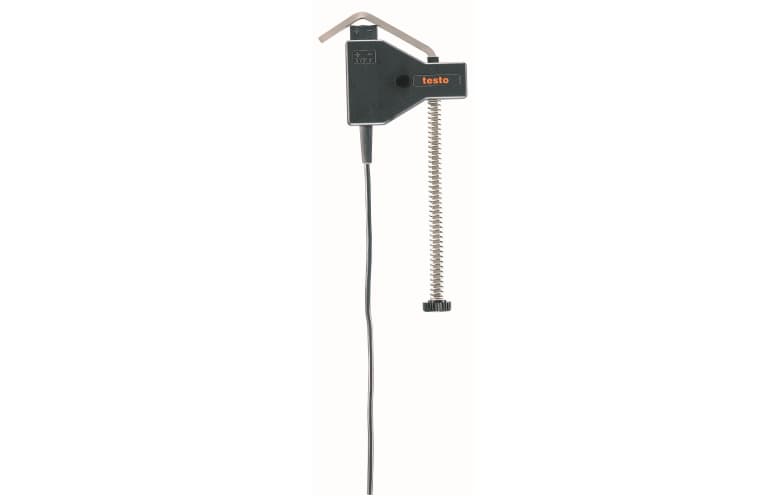
0602 4592
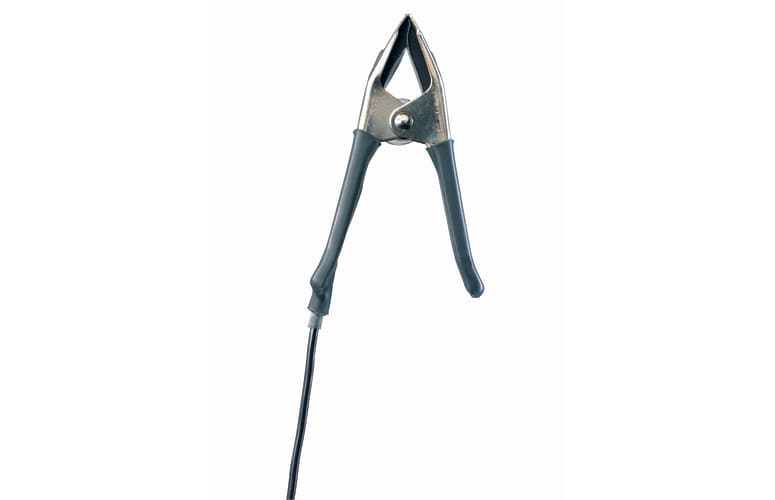
0602 4692
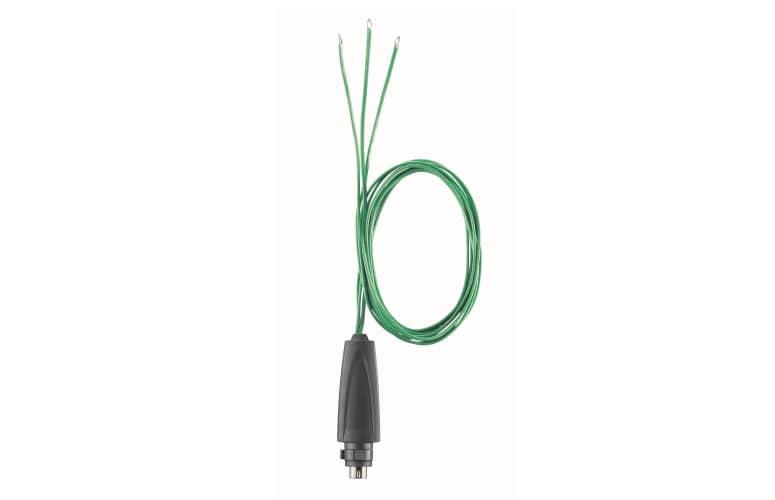
0614 1635
Velocity
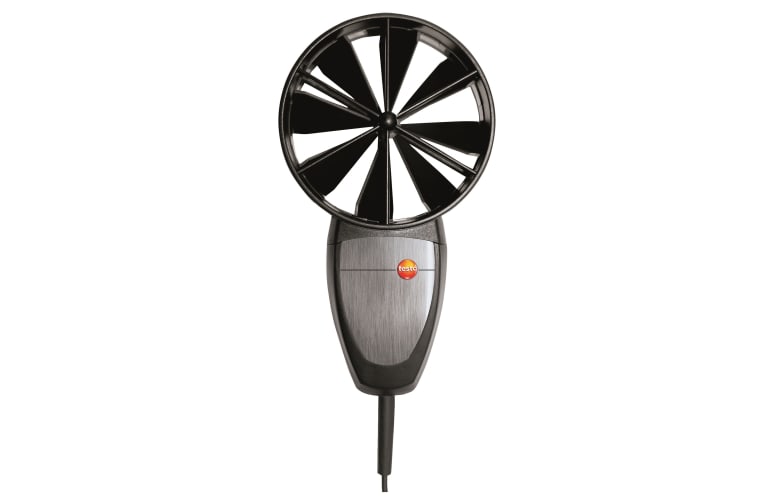
0635 9435
immersion/ penetration probes
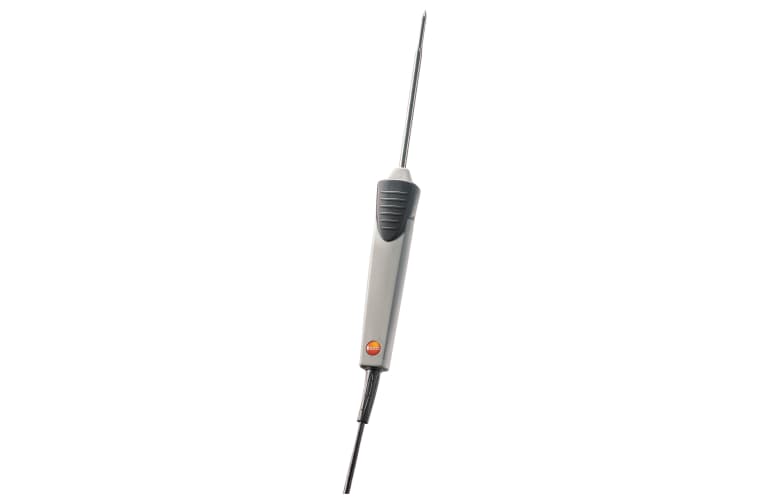
0602 1293
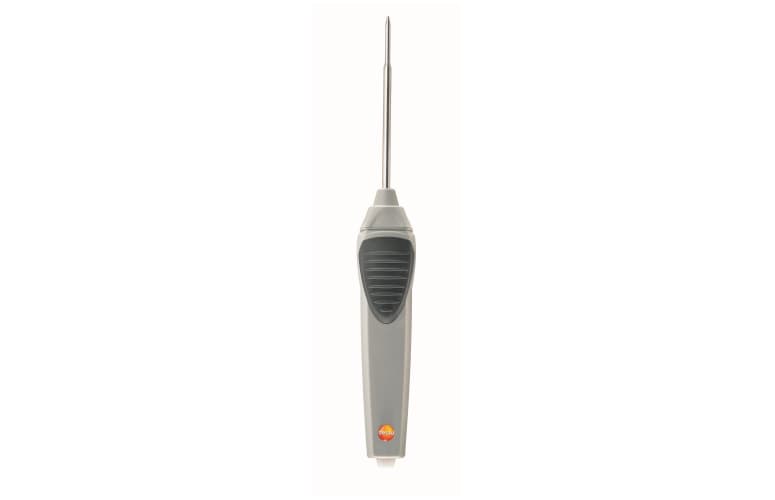
0613 1001
Certificates

0520 0004

0520 0005

0520 0006

0520 0010

0520 0024

0520 0025

0520 0033

0520 0034

0520 0071
Further accessories measuring instrument/probes
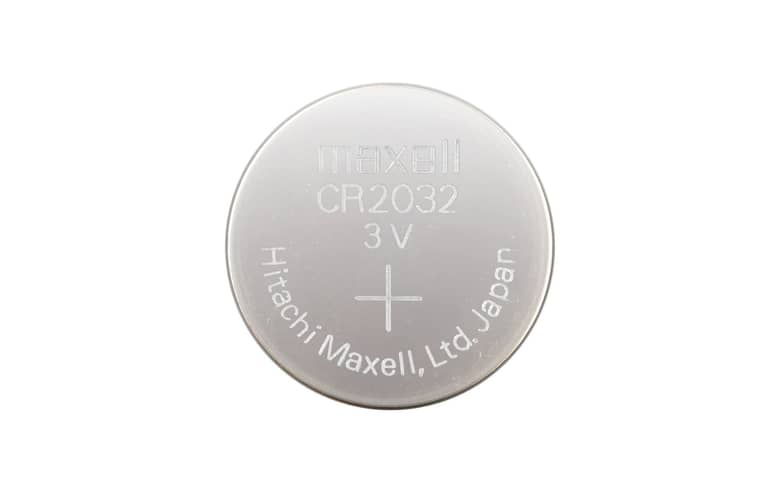
0515 0028
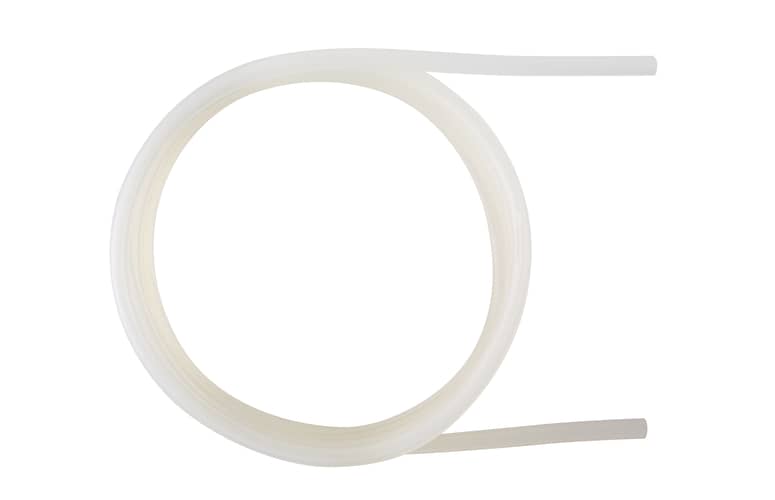
0554 0440
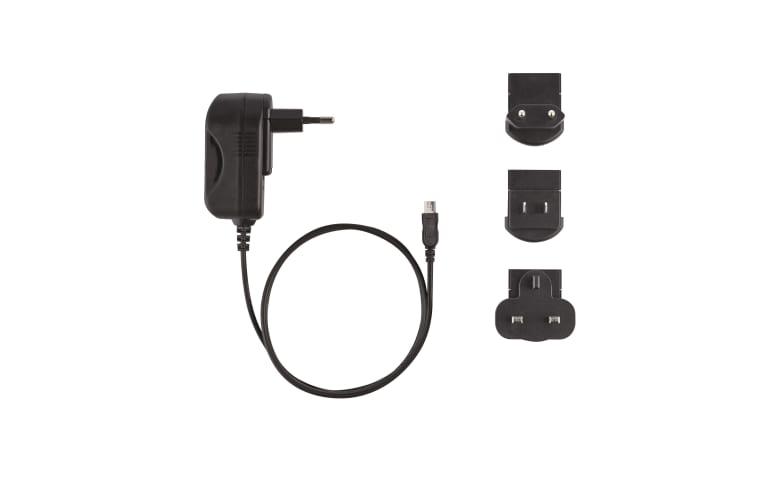
0554 0447
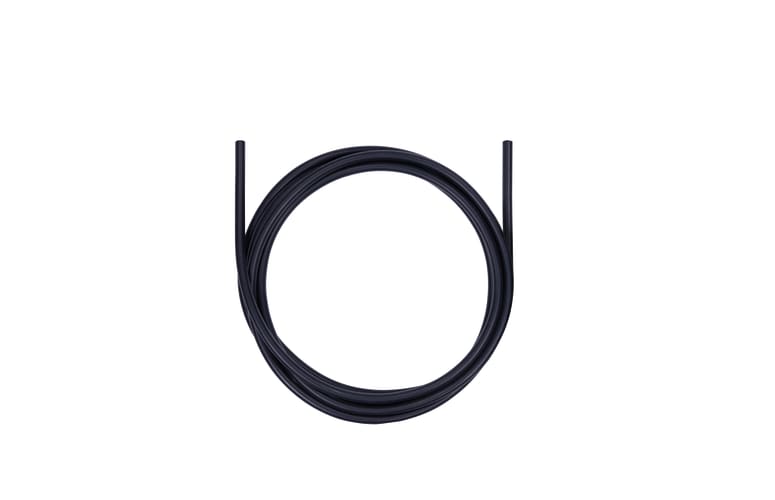
0554 0453
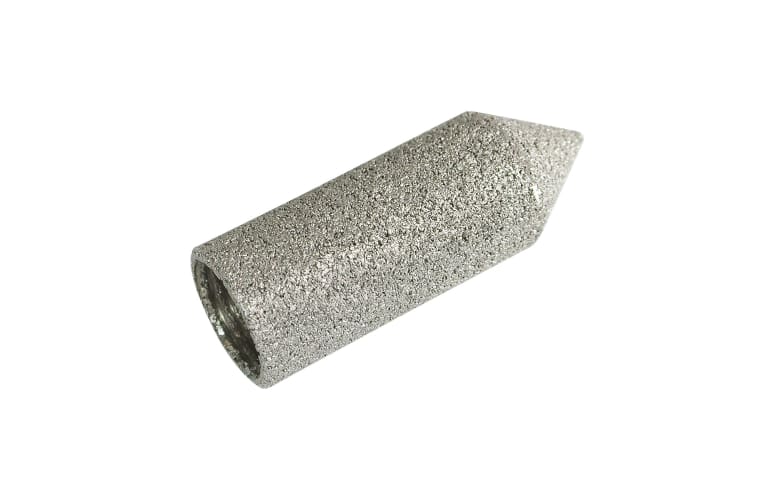
0554 0641
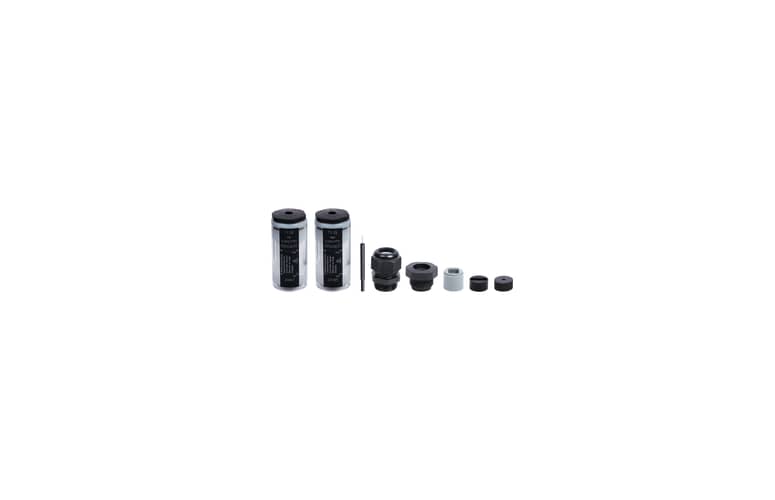
0554 0660
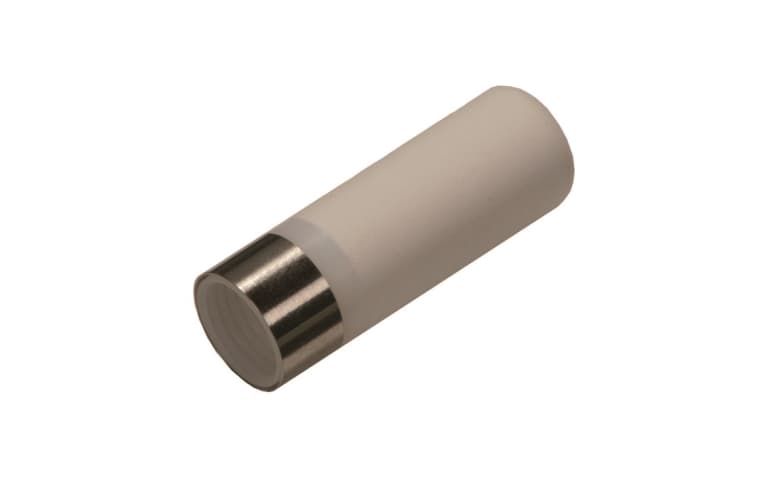
0554 0756

0554 0761
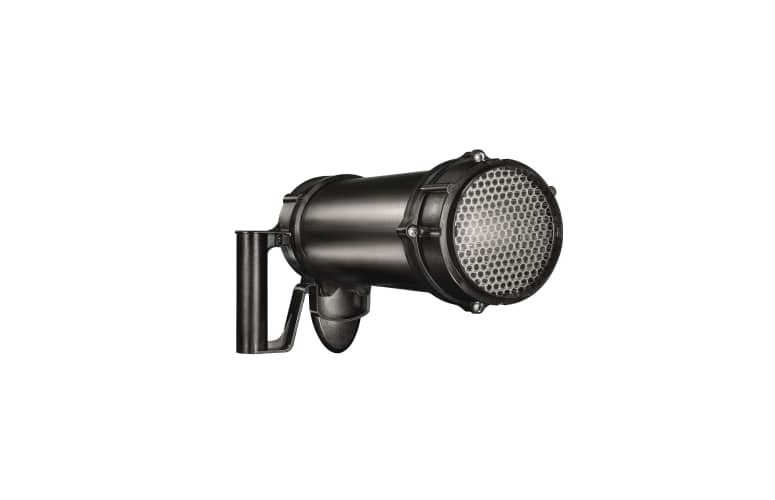
0554 4172
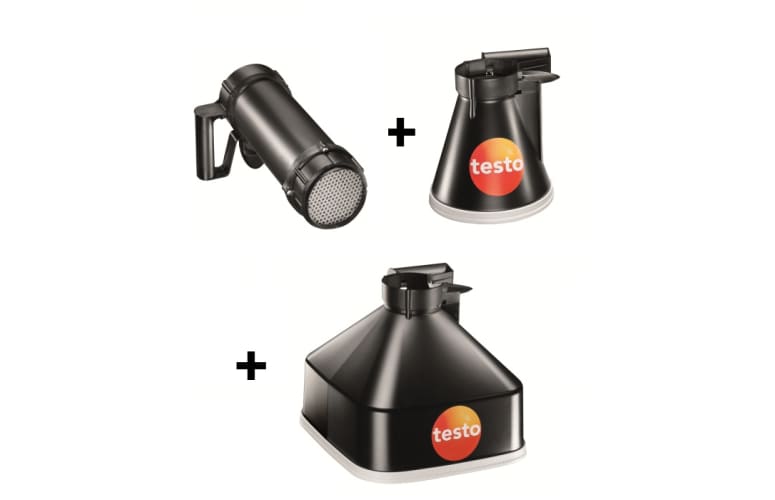
0554 4173

0563 4170
Printer and accessories
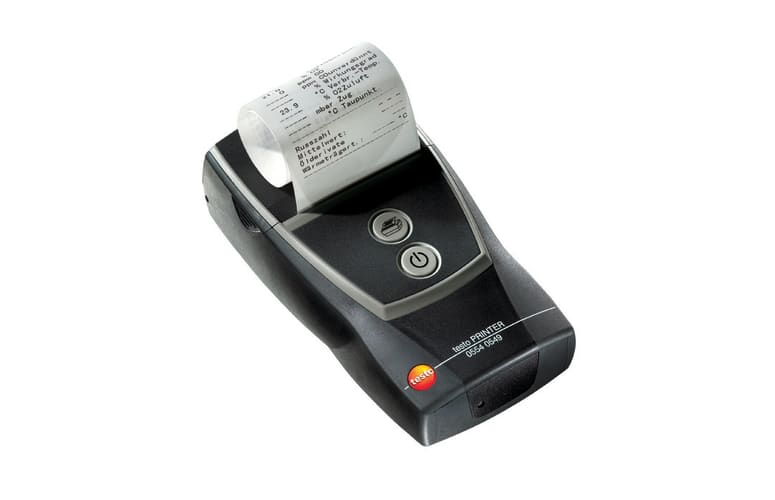
0554 0549
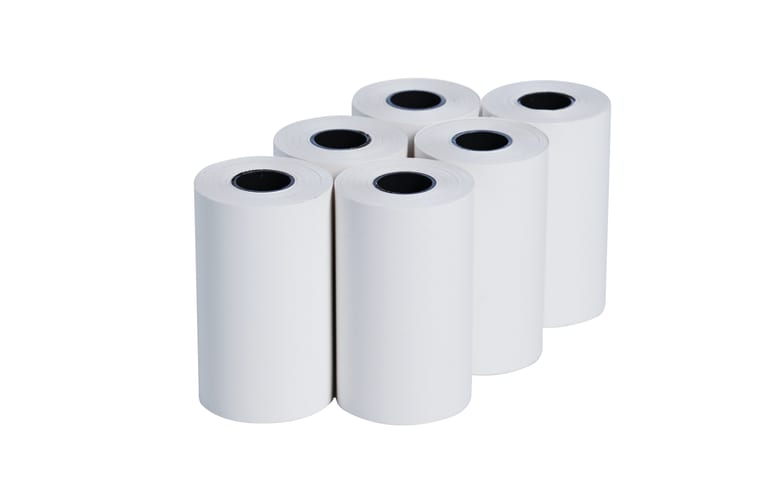
0554 0568
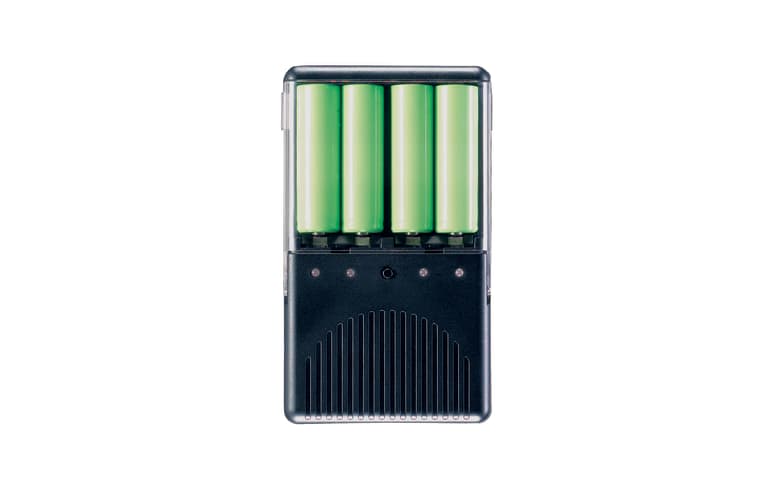
0554 0610
Radio handles and probe head for surface measurement
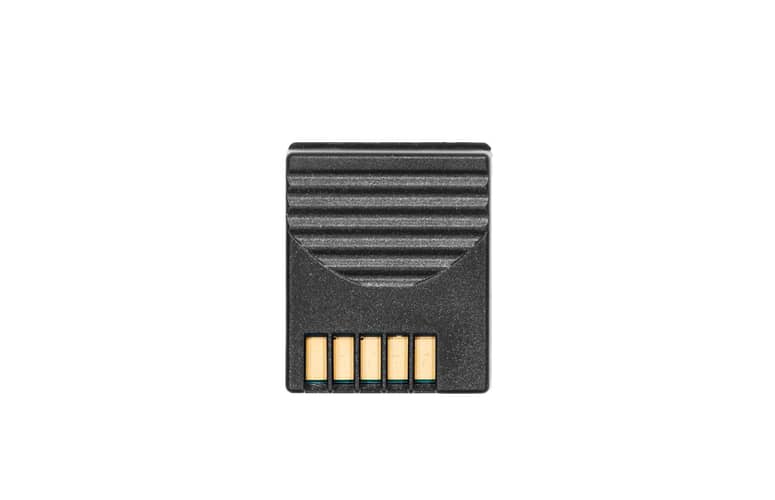
0554 0188
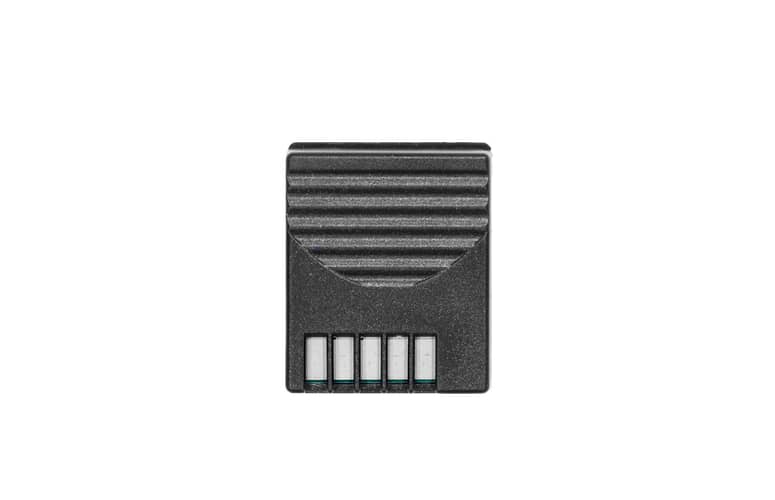
0554 0190
Flow measurement in the ventilation duct using a thermal anemometer and vane anemometer
Testo offers compact anemometer probes and pitot tubes for measuring the flow and volumetric flow in the ventilation duct.
Selecting a suitable probe or measuring instrument depends on the flow velocity in the ventilation duct. This can be broken down into three sub-ranges:
- Low flow velocities: 0 to 5 m/s => thermal anemometers and thermal probes are suitable for this (order no. 0635 1535, 0635 1025)
- Medium flow velocities: 5 to 40 m/s => best results are achieved by the 16 mm vane anemometer und Flügelrad-Sonden (order no. 0635 9535)
- High flow velocities: 40 70 100 m/s => the pitot tube provides the best prerequisites (see following application)
The flow sensors for duct measurement are all equipped with telescopes making them easy to use in large air ducts. Air temperature and humidity can also be measured with the same probe as the flow velocity if required. According to the required application, choose between a thermal probe, vane probe or pitot tube for measuring the flow measurement in the duct.

Measurement at the air outlet
Every duct inlet and outlet should only contain the volumetric flow that according to calculations is a basic prerequisite to an efficient functional system.
Large vane anemometers with 100 mm diameters are suitable for measuring the volumetric flows at duct outlets (order no. 0635 9435), as it integrates the flow velocity over a larger area thereby determining disturbance from the air grille (loop method).
To measure the suction or blowing vents of air grilles and poppet valves our volumetric flow rate funnel set is ideal (order no. 0563 4170) as is the large 100 mm vane anemometer (order no. 0635 9435) The entire volumetric flow is recorded with the aid of the funnel without the need for conversion on the basis of the flow velocity and area. This method of flow measurement is simple and reliable.

Measurement of the air and surface temperature
For human beings to be comfortable and perform at their best, it is crucial that the rooms they occupy are correctly air conditioned. As well as the structural conditions and personal perception, the following factors also contribute significantly to the existence of a pleasant indoor climate: the indoor air and surface temperature of walls, windows, floors and ceilings.
There is a range of optional temperature probes available for the testo 435. Our temperature probes with a sprung cross-band sensor element for measurement on surfaces are outstanding. The sprung cross-band sensor element fits on any surface, taking the actual temperature of the measured object in just a few seconds (for example the fast-reaction surface probe, order no. 0602 0393).
In order to allow a fast measurement of air temperature, the temperature sensor is free in our air probes (e.g. precise, robust NTC probe 0613 1712). Immersion/penetration probes can also be used for measurements in air. However, the response time is then about 40 to 60 times higher than the indicated value which was measured in water.

Differential pressure measurement on filters
Air conditioning systems are equipped with filters which prevent dirt from the outside air entering the indoor air. These filters are to be inspected regularly to make sure they are still fully functional. To do this, the pressure is measured in front of and behind the filter. The result is the differential pressure. If it is too high, the filter is contaminated and needs changing.
testo 435-4 uses the integral sensor to measure the differential pressure within the 0 to 25 hPa range. The differential pressure measurement is temperature-compensated for exact readings. Magnets on the rear of the instrument allow hands-free work.

Measurement in the ventilation duct using a pitot tube
Observance of air flows in the ventilation duct is of utmost importance for the function of the ventilation and air conditioning system.
The internal differential pressure sensor of the testo 435-3 is used for measuring in the case of high flow velocities and very contaminated flows, and the pitot tube for an air velocity ranging from 0 to 64 m/s. The testo 435-3 simultaneously displays pressure, flow and volumetric flow.
Magnets on the rear of the instrument allow hands-free work.

Lighting measurement
Suitable lighting in the workplace provides workers with sufficient light to be able to perform their jobs well. It helps to prevent mistakes being made, premature tiredness setting in, and maintains alertness.
testo 435-2 and the Lux probe (order no. 0635 0545) can be used to measure and assess luminous intensity (natural or artificial light).

Turbulence measurement
The air velocity in rooms directly affects thermal comfort. The turbulence and draught levels can be referred to in the assessment of comfort.
The level of turbulence indicates the air velocity fluctuation and intensity of air flow in a room.
The draught rate can be generally understood as the unwanted cooling of the body due to air movement. This is defined by the percentage of people who feel uncomfortable.
The non-directional comfort probe (order no. 0628 0109) has been specially designed to measure the turbulence level in accordance with EN 13779, and to assess the draught rate. In conjunction with our multi-functional measuring instrument testo 435, standard-compliant measurement results can be analyzed directly in the device.

Measurement of radiated heat
The multi-functional measuring instrument testo 435 is your reliable aid to measuring thermal comfort. The optional, attachable globe thermometer (order no. 0602 0743) enables measurement of radiated heat (that is, the operative or perceived temperature). The operative temperature measured with a Globe thermometer with a 150 mm diameter preferably corresponds with people's perceived temperature to ± 0.41 K.
The temperature measurements in a room (air temperature and operative temperature) are to be taken in the same place and same general conditions as the measurement of indoor air velocities.

U-value measurement
When redeveloping or renovating old buildings, it is crucial to be able to determine quickly if heat is being lost through the windows and walls. Only then can energy costs be reduced and redevelopment measures carried out efficiently.
When assessing thermal transmission, e.g. in old buildings in need of renovation, the U-value is one of the most important values. It enables thermal assessment, e.g. leaks or the smallest air flows at windows.
3 temperature values are required for calculating the U-value:
- Outside temperature
- Surface temperature of the internal wall
- Indoor air temperature
A radio probe is needed to determine the U-value (order number: 0614 1635); this is placed in position outside. It transmits the readings to the measuring instrument inside. To measure the surface temperature the three wires of the U-value probe are attached to the wall with plasticine. The air temperature is recorded by a sensor located on the probe plug. The measuring instrument testo 435-2 automatically calculates the U-value from the three values and shows this on the display. The advantage: there is no need for manual calculation; the result is quick and accurate.
In short, the testo 435-2 allows you to calculate the U-value quickly and accurately, as well as measure parameters for air conditioning, ventilation, and indoor air quality.
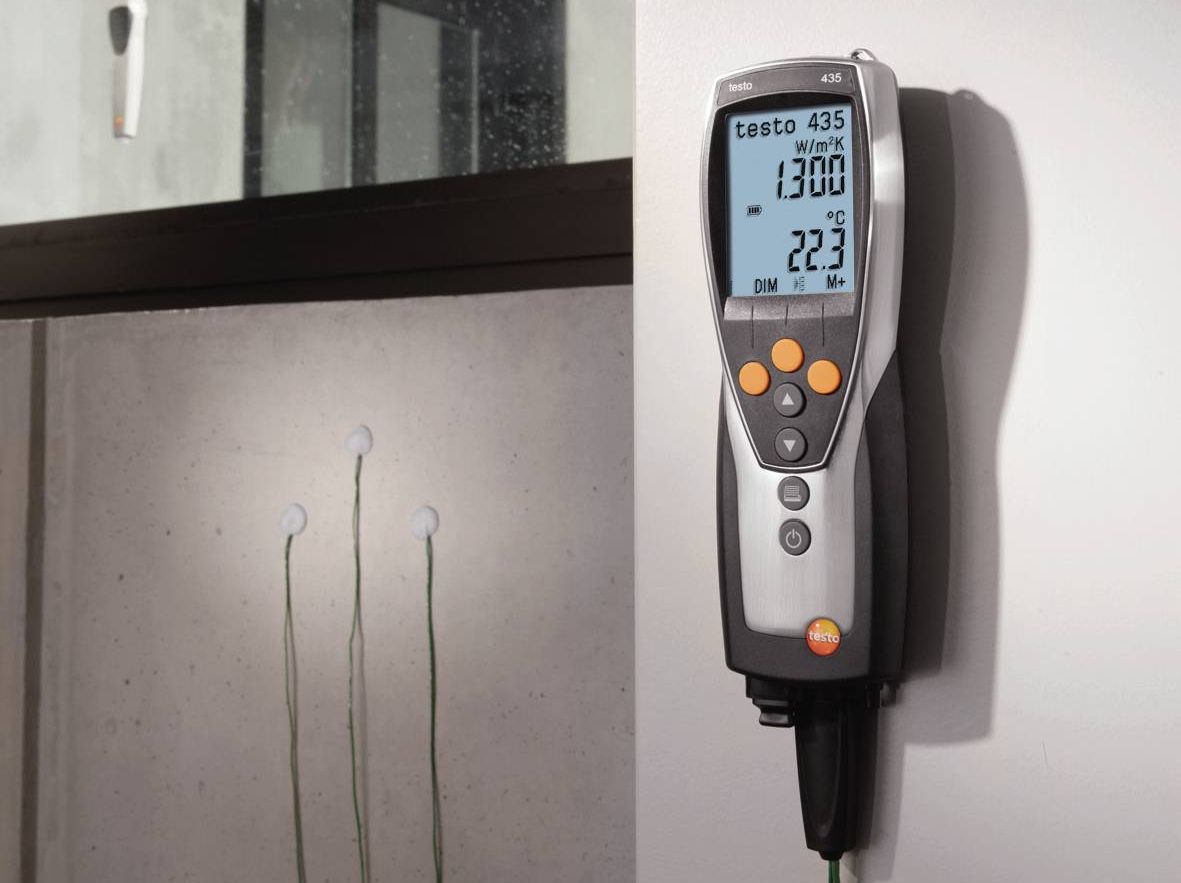
Measurement of indoor air quality (CO2)
Bad indoor air quality due to high concentrations of CO2 can cause tiredness, lack of concentration and even illness. Therefore, to ensure sufficient indoor air quality the CO2 concentration should generally not exceed 1 000 ppm. Values of 700 to 1 500 ppm can be viewed as the "reference range".
The IAQ probe (order no. 0632 1535) is particularly suitable for monitoring indoor air quality controls. This probe can be used to record CO2, temperature and relative humidity at the same time.

CO measurement
Carbon monoxide (CO) is an odourless, invisible and tasteless gas, but also poisonous. It is produced during the incomplete combustion of substances containing carbon, such as coal, wood, oil, natural gas, etc., in heat sources and combustion engines. The CO concentration will increase quickly, particularly if there is not enough oxygen available. This may have adverse effects on health.
The ambient CO probe (order no. 0632 1235) and testo 435-1 are able to detect even the smallest quantities of CO in ambient air.

- Data sheet testo 435(pdf, 701.86 kB)
- Instruction manual testo 435. -1. -2. -3. -4(pdf, 766.42 kB)
- Application information testovent 417 - de/en/fr/es/it/pt(pdf, 256.78 kB)
- testo usb driver - Instruction manual(pdf, 676.7 kB)